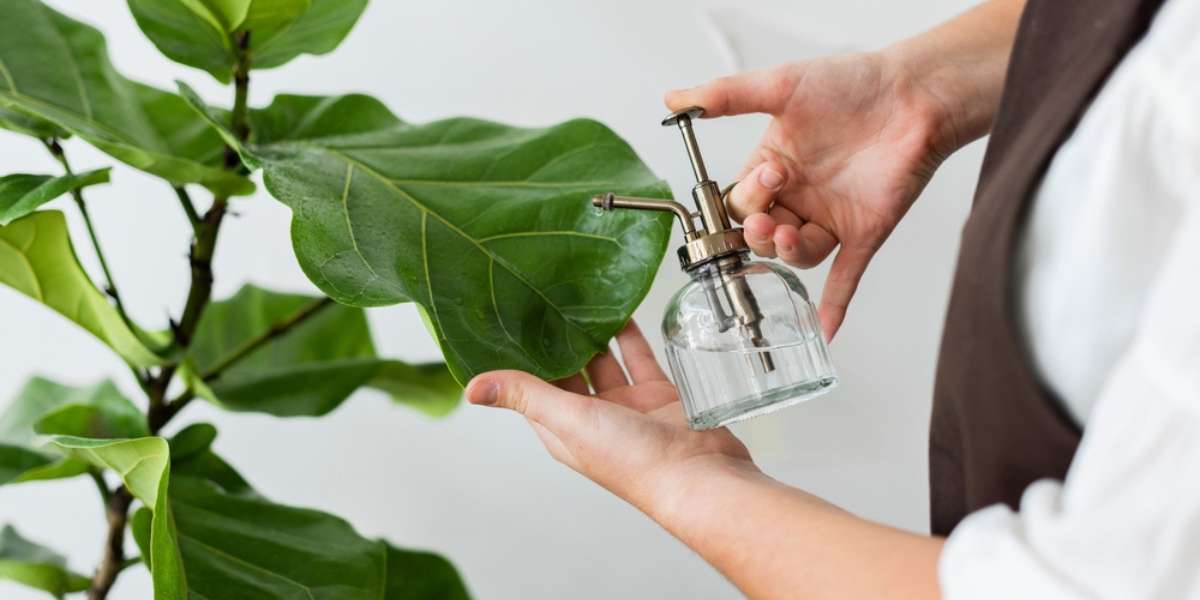Best Practices for Plant Misting
- Timing: Optimal misting time is in the morning when the sun is mild and temperatures are cooler, allowing water to evaporate before the day heats up.
- Water Quality: Always use clean, lukewarm water for misting your plants to prevent any potential contaminants from affecting their health.
- Avoid Direct Sunlight: Refrain from misting under direct sunlight as the water droplets can act like a magnifying glass, intensifying the sun’s rays and potentially causing sunburn or scorching of the leaves. Misting in the shade ensures that the water has enough time to be absorbed effectively.
- Even Application: Mist the entire plant evenly, but avoid flowers to prevent water from accumulating in delicate areas.
- Monitor Drying: After misting, check for signs of stress or damage, such as spots or dark patches, which might indicate an issue with your misting schedule or method.
The Significance of Misting
While the necessity of misting plants to increase humidity is disputed, regular misting can help in keeping leaves free from dust and pests. This is crucial for enabling plants to absorb maximum light and maintain their overall health. Misting also supports the overall cleanliness and well-being of your plant.




